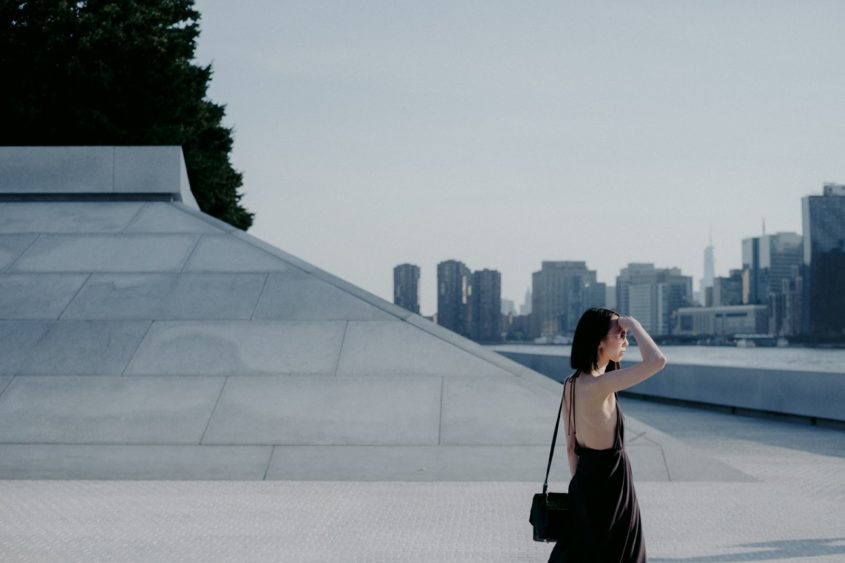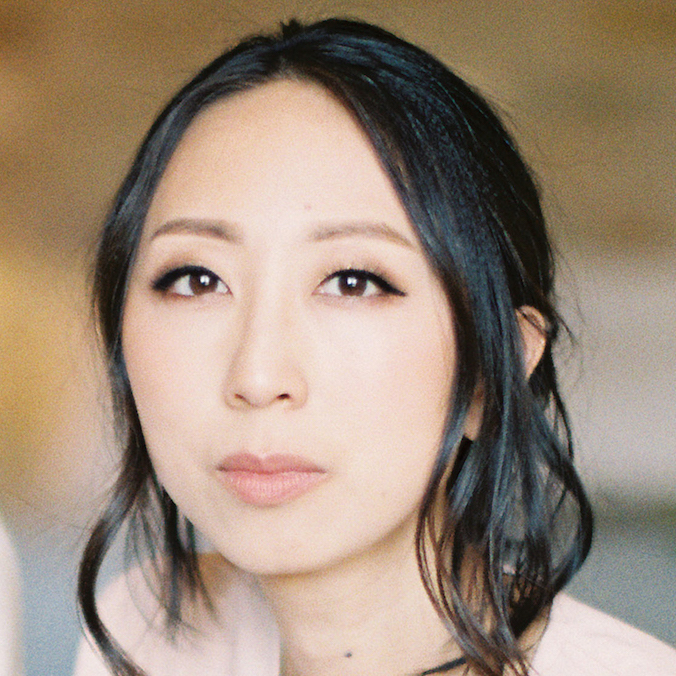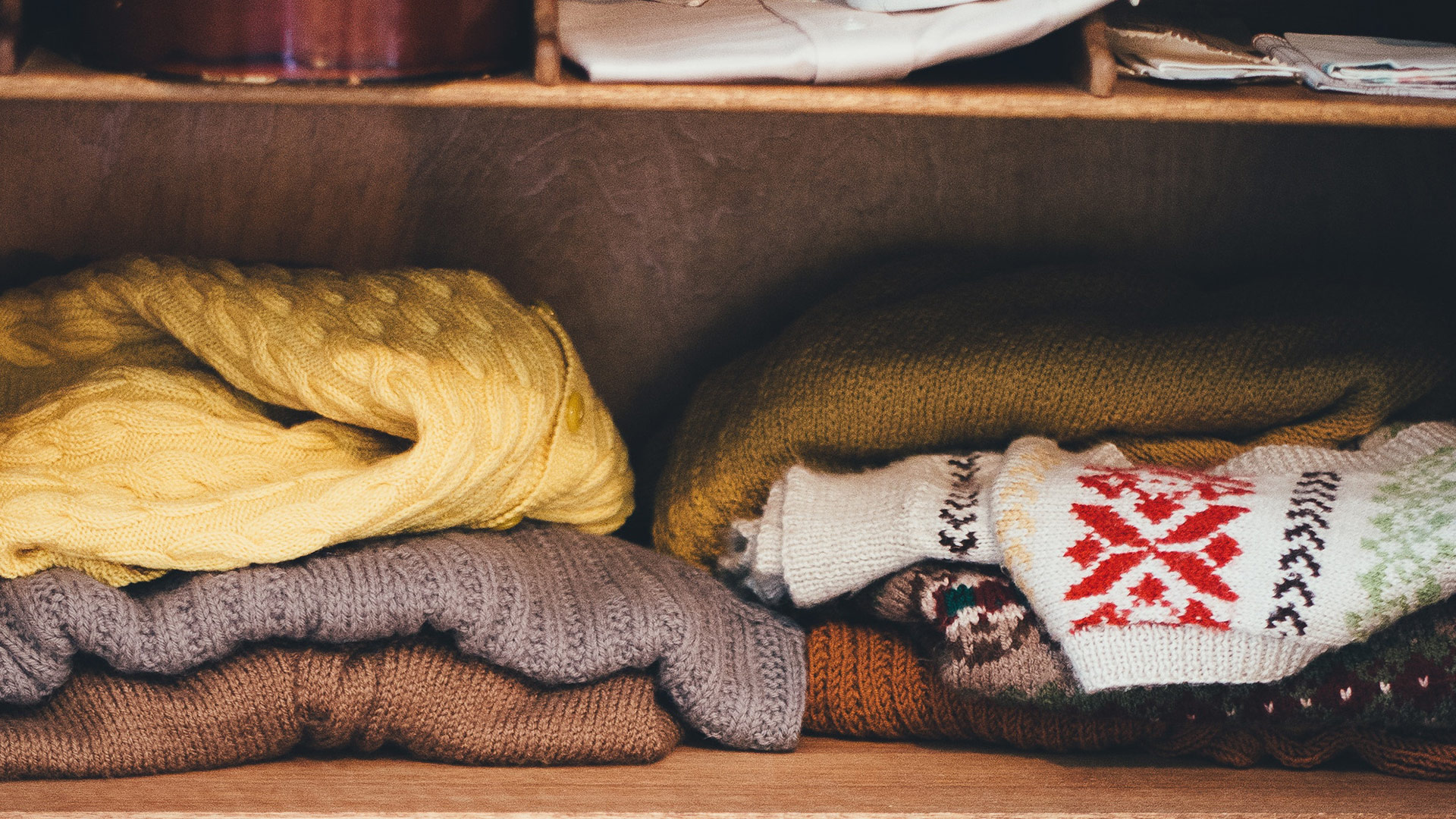In the journey to healing and growth, no part of our lives is left untouched. We all experience moments when something seemingly minor or unrelated—like a New Year’s decision to make some changes—parallels our internal transformation in profound and surprising ways. Here, Judy Ko, MA in Counseling Psychology student, writes about her love of style that reflects her internal reality, and about how a recent wardrobe audit reinforced her passion for helping people step more fully into their true selves.
It is from my mom, a stylist at a major department store in Taiwan before immigrating to the States, that I inherited my love of clothing and regard for style. I gleaned wisdom from her elegant and quirky fashion sense while recovering from my own outfit blunders over the years. Recently, I found myself gazing despondently at my closet, struggling to put together an outfit that would make me look and feel good. One realization was how many items I still had from my 20s though I’m well into my mid-30s. Feeling uninspired and disconnected from my closet, I knew something needed to happen. I came across cuniform, a personal style company, and was intrigued by their mission—promoting values like “self-discovery,” “subversion,” and “connection.” There was a creative process here that spoke to my sensibilities as a graphic designer as well as an MACP graduate student with the goal to practice art therapy.
After a few email exchanges, cuniform’s owners Christine Tran and Colton Winger, usually going by C+C, showed up at my apartment armed with coffee and large canvas bags that I suspected would carry away an unspecified amount of clothes. We sat down and they asked specific questions about my lifestyle, interests, and career goals, listening attentively. They understood the nuances of my aesthetic, which we established to be minimal and smart, elegantly functional, with a subtle edge. With no time to lose, C+C immediately set to work combing through my tops, bottoms, and shoes, assessing and sorting the clothing into distinct piles: keep, toss, or question.
When we started to look at the “toss” pile, my instant reaction was panic. Though I was ready to prune my closet, when faced with the moment to let an item go I froze. That designer top I had victoriously scored at a sample sale? Really? I could feel my stomach tighten and blood start to rise. Oooh, I spent a lot on that! My sister gave me that sweater! But that textile makes me happy! This is vintage mom, I couldn’t possibly toss it! My heart was racing. C+C kindly yet firmly walked me through each piece where I met them with resistance. They listened and allowed some “toss” pieces to go back into the “keep” pile. But they were also firm, challenging me to see that there was no need to keep an article of clothing that would not flatter, asking me to consider why I would wear a mediocre outfit if I had much better alternatives. Good point. I was getting in the way of my own improvement.
Colton pulled out a gray athleisure sweater that I had been wearing as advertised. He unbuttoned it, untied the neck knot, and had me wear it in a completely different way, giving this sweater new life. Something inside me started to shift. What if I could look at other areas of my life in a new light? Neurons in my brain were firing in different directions. Neural pathways were getting rewired. Auditing my closet was becoming a therapeutic process.
“Auditing my closet was becoming a therapeutic process.”

I was confronted with my habit of buying clothing on sale even if they didn’t fit that well. I had been getting bogged down with unhealthy attachments to certain articles of clothing. This wardrobe audit was in fact a process to begin revealing my truer self. I had been reaching for pieces that were easy to wear but made me feel like I was walking through life half asleep, leading me to my current clothing rut. C+C showed me new ways of tucking shirts, rolling sleeves, and pairing tops and bottoms I would never have considered together. These practical steps showed me I could break old clothing patterns and find alternate ways to dress in clothes I already owned. With a healthy dose of professional and honest feedback, I tossed out more clothes.
Christine and Colton were able to see me and read my energy well, listening to my concerns while also dispensing tough love. I recently interviewed C+C for my Design Sense blog in a series called Thinker/Maker/Healer, where I have conversations with creatives who are healers of some nature. When I asked about the philosophy behind their work at cuniform, Colton said, “We don’t need clothing to dignify us, but rather, it’s a beautiful tool to be able to paint a picture of what we are experiencing on the inside.”
As an optometrist’s phoropter is used to find the settings for optimized vision, cuniform’s adjustments were also helping me to see my wardrobe and clothing choices with more clarity. C+C documented some key outfits and created a visual rolodex on my iPhone, arming me to get ready for the day in a matter of minutes. My closet was turned inside out and reorganized; in a way, so was my mind. We needed to gently let go of what wasn’t working, assess and reintegrate the clothes that remained, and make room for new items in order to tell a cohesive style story. Like a knowing therapist who is able to help clients see a truer reality, Christine and Colton made me aware of new possibilities with clothing.
This venture into a wardrobe transformation has activated new connections for me. Finding new possibilities in the realm of clothing helped me to view other areas of my life with fresh eyes. Perhaps I could look at my usual reactions to my triggers and try out a different response. Maybe it would be possible to “wear” a different communication or relational style. Afterwards, marveling in solitude at my new wardrobe, I went back to look through the pieces I had stubbornly fought cuniform to keep. With a new perspective, I threw them into my own toss pile. What an empowering moment that was, to be making that decision for myself.
I was reminded of conversations in classes such as History of Therapeutic Perspectives and Human Growth & Development that emphasize a therapist’s role in walking alongside our patients/clients. At The Seattle School, we talk about existential psychiatrist Irvin Yalom and his insight that it’s not so much the therapeutic approach as it is the relationship that heals.
My clothing audit process with C+C illustrated Yalom’s principle and also impacted how I view my own capacity for change. As I consider my future vocation as an art therapist to guide others seeking change using art and design, I believe we all have unique giftings and tools to empower the other. Like Colton mentioned, we can help others to “paint a picture of what we are experiencing on the inside” and point someone towards their fuller, truer reality.


